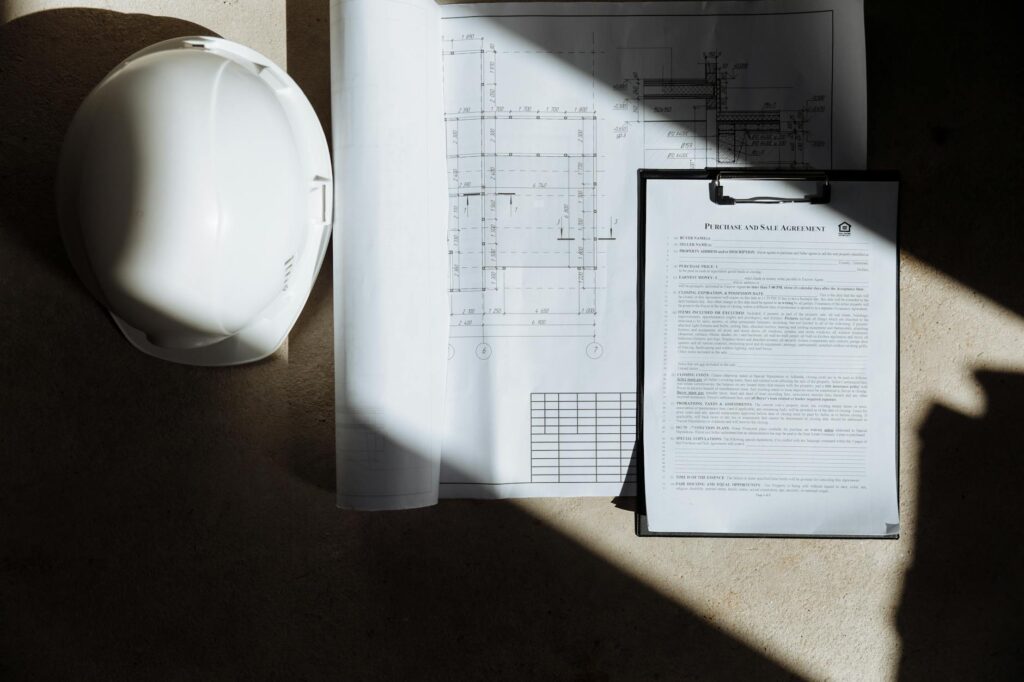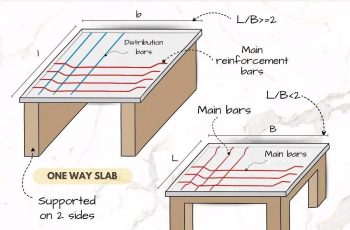Navigating the world of construction can be complex, and a well-drafted contract is the cornerstone of a successful project. This guide will walk you through the key elements of a construction contract, helping you understand your rights and responsibilities.
Understanding the Parties Involved
Before diving into the specifics, it’s crucial to identify all parties involved. This typically includes the owner (client), the contractor (builder), and potentially subcontractors. Clear identification prevents confusion and disputes later on. 
The Scope of Work: Defining the Project
The scope of work is the heart of any construction contract. It meticulously outlines every aspect of the project, from materials and specifications to timelines and deliverables. Ambiguity here can lead to costly disputes. Make sure everything is clearly defined and agreed upon. Consider including detailed drawings and specifications. Learn more about detailed project planning.
Payment Terms and Conditions
Payment schedules are a critical component. They detail how and when payments will be made to the contractor. Common methods include progress payments based on milestones or a lump sum payment upon completion. Be sure to understand any retainage clauses, which typically hold back a percentage of payment until the project is fully completed and inspected. [IMAGE_2_HERE]
Timeframes and Deadlines
Clearly defined start and completion dates are essential. Delays can be costly, so it’s vital to establish realistic timelines and understand potential penalties for non-compliance. Force majeure clauses, addressing unforeseen circumstances like natural disasters, should also be considered. Read more about managing construction timelines.
Liability and Insurance
Construction projects inherently involve risks. The contract should clearly define liability for damages, injuries, and other unforeseen events. Insurance coverage is a critical aspect, protecting all parties involved. Ensure the contractor carries adequate liability and workers’ compensation insurance. Check out this resource on construction insurance.
Dispute Resolution
Disagreements can arise, and a well-structured contract should outline methods for resolving disputes. This might involve mediation, arbitration, or litigation. Specifying the process upfront can prevent costly and time-consuming legal battles. [IMAGE_3_HERE]
Variations and Change Orders
Projects often require changes along the way. The contract should establish a clear process for managing variations and change orders, including how they will be documented, priced, and approved. This ensures transparency and prevents misunderstandings. See examples of successful change order management.
Contract Termination
The contract should specify the conditions under which the contract can be terminated by either party. This could include breach of contract, insolvency, or other significant events. Clear termination clauses protect both the owner and the contractor. Learn more about contract termination laws in your area.
A well-drafted construction contract is vital for a smooth and successful project. By addressing these key elements, you can mitigate risks, protect your interests, and foster a collaborative relationship between the owner and the contractor. Remember to always seek professional legal advice when dealing with complex legal documents. Consult with a construction lawyer. [IMAGE_4_HERE]
Frequently Asked Questions
What happens if the contractor fails to meet the deadlines? The contract should specify penalties for missed deadlines, such as liquidated damages. The specific consequences will depend on the terms outlined in your contract.
Can I make changes to the project after the contract is signed? Yes, but any changes should be formally documented through a change order, which outlines the modifications, costs, and revised timelines.
What if there’s a dispute over the quality of work? The contract should outline procedures for dispute resolution, which may include mediation, arbitration, or litigation. Gathering evidence, such as photos and inspection reports, is crucial.
What is retainage, and why is it important? Retainage is a percentage of the payment withheld by the owner until the project is completed to the satisfaction of all parties involved. It protects the owner from incomplete or defective work.
Who is responsible for obtaining necessary permits? The contract should clearly specify who is responsible for obtaining permits and licenses. This is typically the contractor’s responsibility, but it’s essential to verify this detail within the contract.

